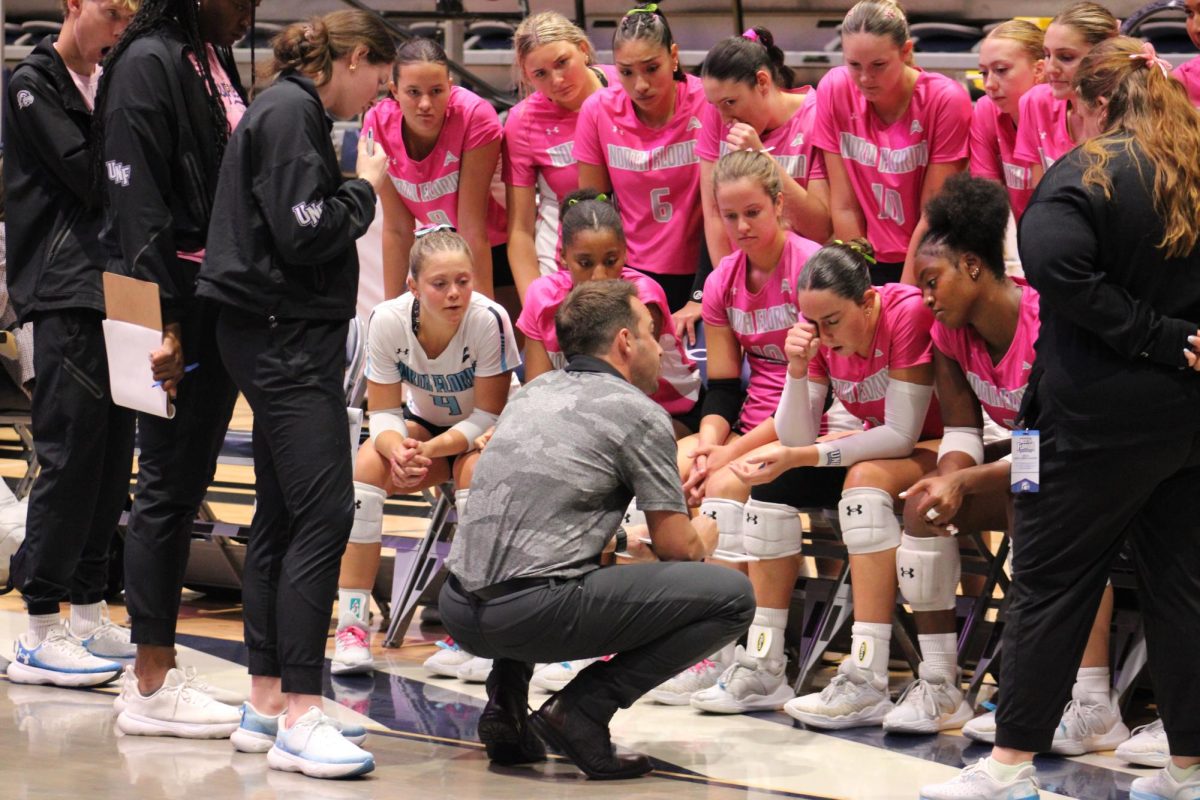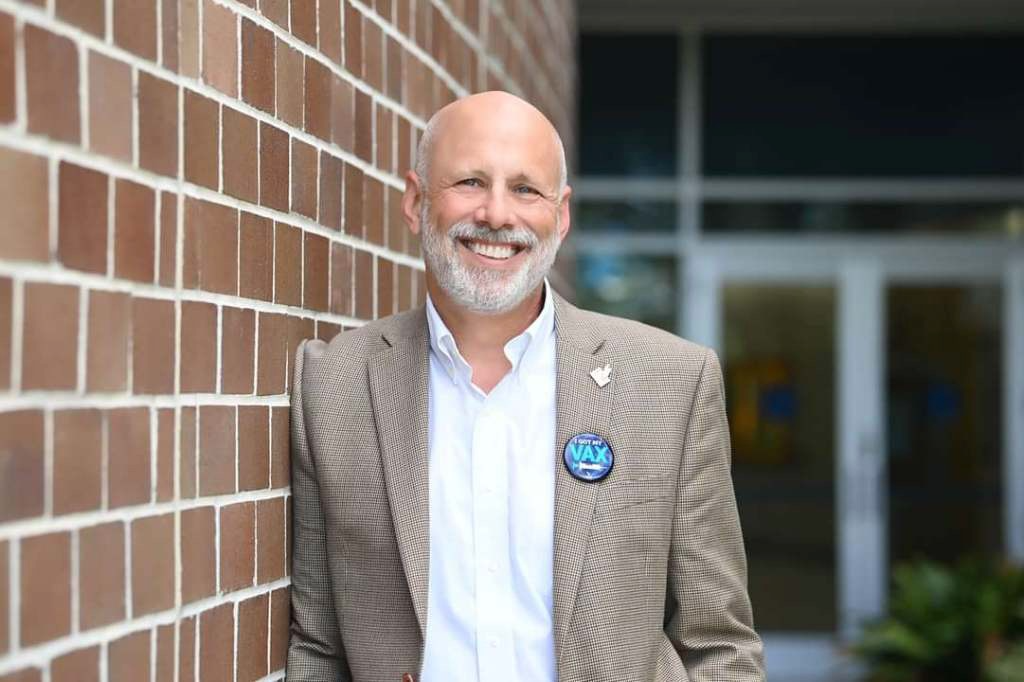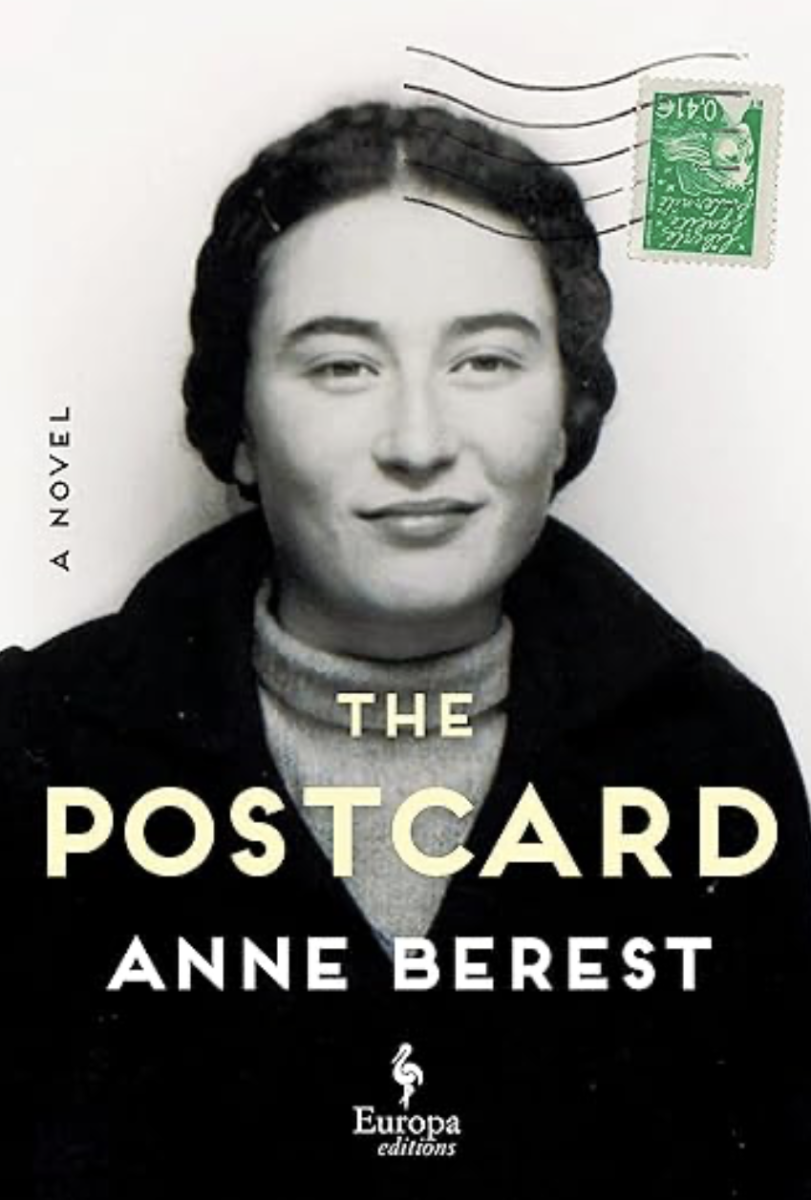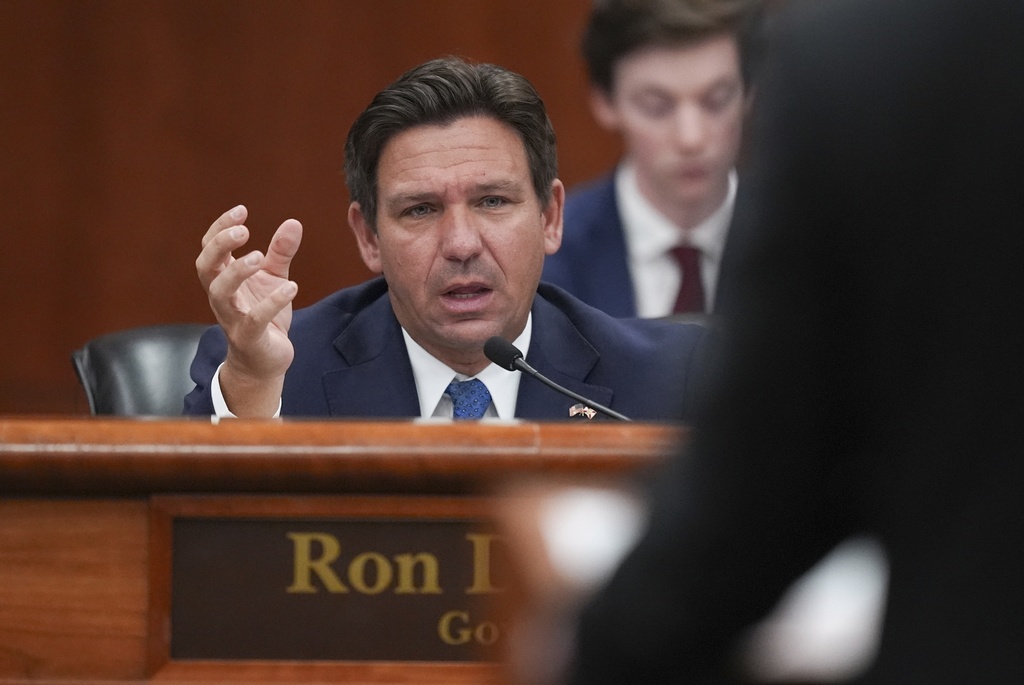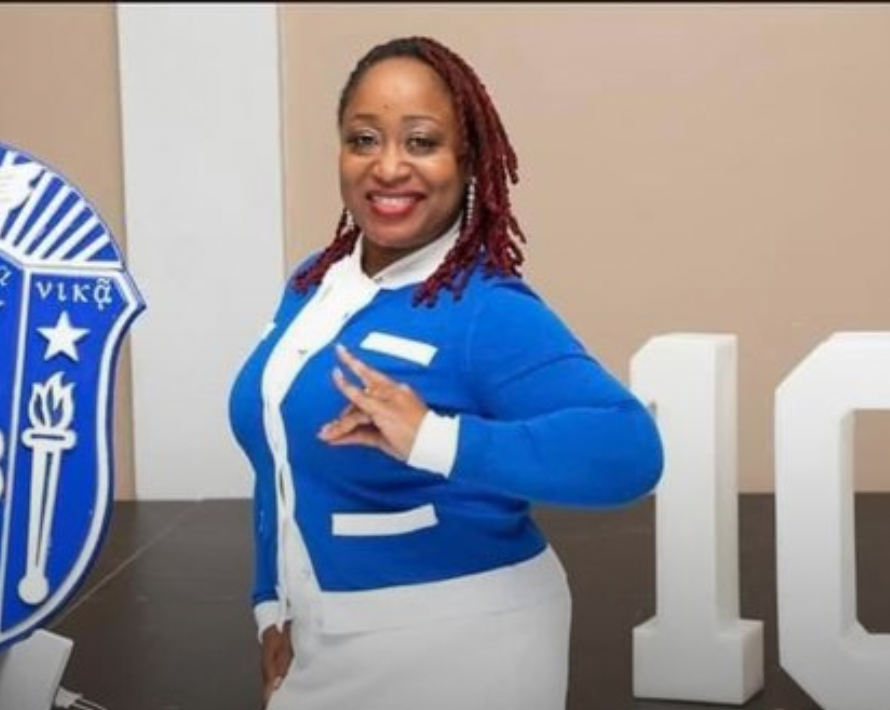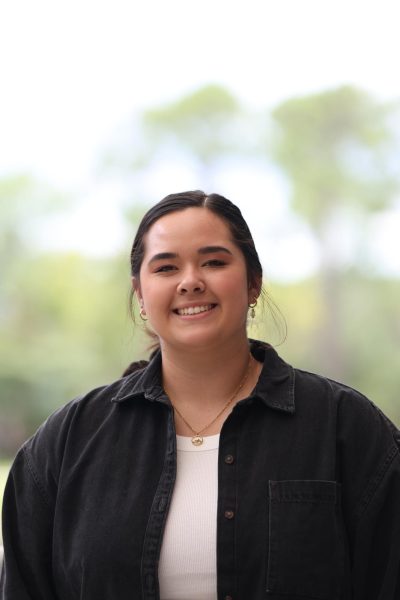This article expresses the views of its author(s), separate from those of this publication. Readers are encouraged to comment or submit a Letter to the Editor to share their opinions. To submit a Letter to the Editor, follow the instructions here.
The age-old question, threatening to haunt relationship culture until the end of time: “What’s your type?”
Regardless of the answer, I find that people only think they have a specific type until the real cards are on the table. Their love interests don’t always meet the criteria they claim to be seeking.
Generic questions that people use to determine type usually pertain to dichotomous stereotypes, such as short or tall, jock or nerd and the most divisive — blondes or brunettes?
All questions that degrade people to their physical appearance or social labels and encourage people to restrict their romantic interests to people in specific categories.
Mark Travers from Forbes wrote, “Your “romantic type” encompasses the unique characteristics you find attractive in a partner— be it their physical appearance, personality traits, shared interests or core values.”
However, our interests are not just innately within us but are formed by our surroundings and the culture we have grown in, even when we don’t realize it. Beauty standards are completely relative, so regional location and cultural standards influence how we develop our ideas of attractiveness.
The people we see in popular culture and those directly around us can influence our ideas of what is desirable in a person. This is especially true in entertainment media, as certain ideals become placed in our heads and subconsciously affect our interests.
In support of the argument that people have types, I found a study by the Proceedings of the National Academy of Sciences that showed consistency between the kinds of partners people pursue. They found a pattern of interest in a particular type of person for individuals between different partnerships.
While this study identifies and exemplifies the phenomenon that people actually have a type, I think this is a different understanding. I think there is a distinction to be made between subconscious patterns of interest and the idea of intentionally pursuing people who only meet certain criteria.
For me, this study does not confirm true, clear-cut “types” based solely on interest but rather a pattern of comfort and stability.
Even so, when people continue to pursue the same type of person over and over, it may reflect unhealthy patterns that need to be broken. If your relationships have continuously failed, then maybe it’s time to reassess what kind of people you have been interested in and why they aren’t working out.
I can also see how dating apps may encourage this type of behavior. All they require is looking at a person, reading the few words they have chosen to sum up their entire personality and assess if that person is worth talking to. In seconds, you must decide if this person is your “type.”
Therefore, while it may be found that people pursue relationships with people alike, this is still not indicative of people knowingly having a “type.” Instead, the choice reflects the idea that we enjoy comfort and that old habits die hard.
___
For more information or news tips, or if you see an error in this story or have any compliments or concerns, contact editor@unfspinnaker.com.




